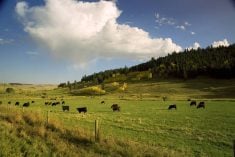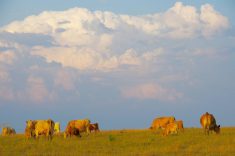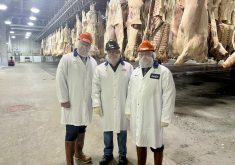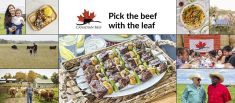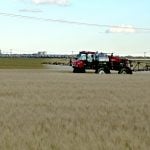Will consumers want carbon-neutral and certified cared for beef? Will they determine those to be traits of safe food?
Australia has set a goal of carbon-neutral meat production by the year 2030. The focus will be on trees and grasses that cover and sequester carbon for the nation’s 28 million head of cattle, 70.9 million head of sheep and over one million head of feral camels, the largest camel herd in the world. This is happening at a time when Australian meat production is facing severe climate challenges and also demands from farmers that government reduce energy costs.
Read Also
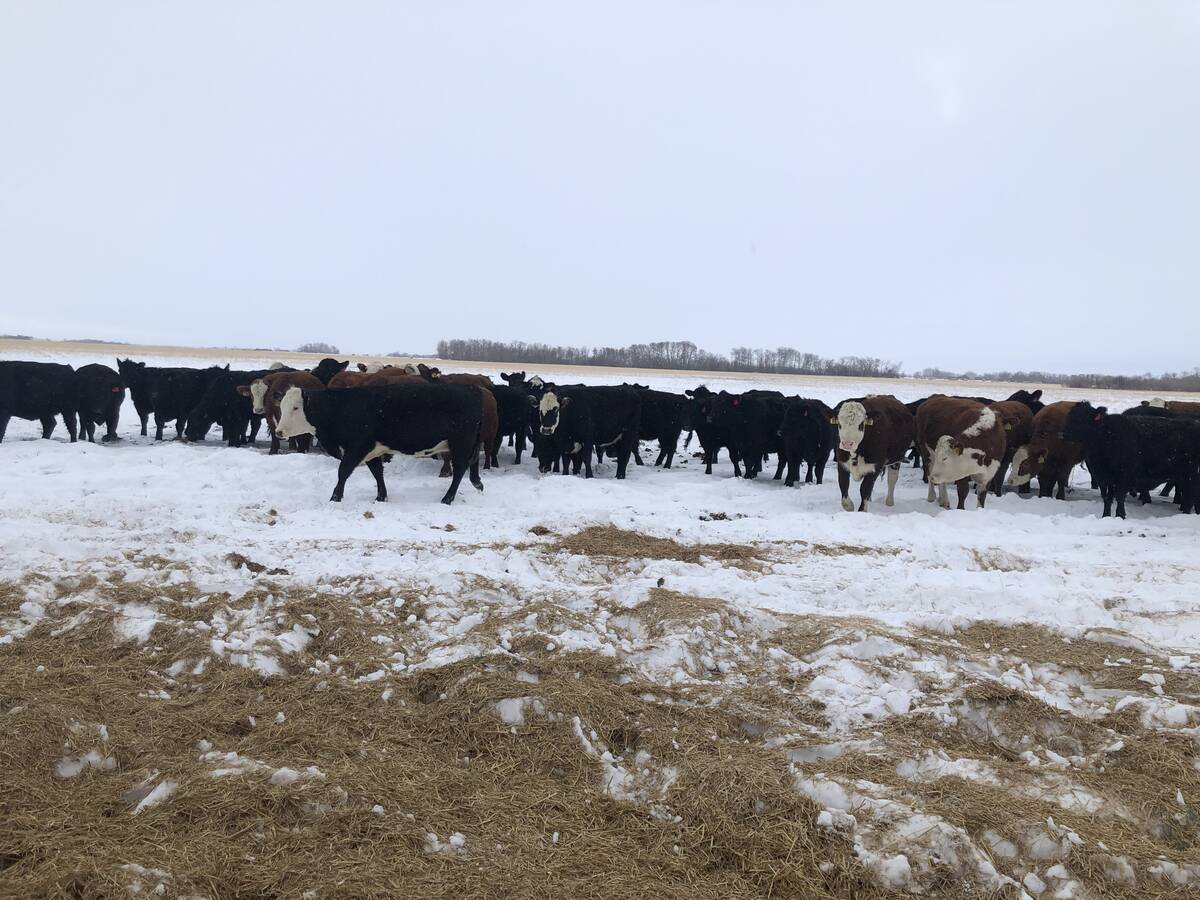
Picking the most efficient cows to rebuild your cow herd
A new cow ranking system to help beef farmers and ranchers pick the most efficient cows as they rebuild their herds.
Brazil’s Marfrig Global Foods who along with Embrapa (Brazilian Agricultural Research Company) have recently announced the launch of two new brands: Carbon Neutral Beef that is produced in a system of pastoral grazing integrated with trees and Low Carbon Beef which is beef from pasture managed in a way to fix carbon. Marfrig became the world’s second-largest processor of beef after acquiring 51 per cent of National Beef earlier this year. The move stems from marketing and ecological challenges. The land mass used in pasture has shrunk by 12 per cent while beef production increased by 229 per cent during a 15-year period from 1990-2005 in Brazil.
- More ‘Straight from the hip’ with Brenda Schoepp: Casting a wider net
This year also saw the formation of the Global Coalition for Animal Welfare driven by Nestlé and includes Unilever, IKEA Food Services, Aramark, Sodexo, Compass Group, and Elior Group. The claim is that 70 per cent of the world’s 70 million food animals are exposed to poor animal welfare practices. The coalition will focus on five areas: free range poultry production, broiler chicken welfare, farmed fish welfare, global standards for slaughter and transport, and antimicrobial resistance.
Free range poultry includes the elimination of housing in tiers and the implementation of natural sunlight. As farmed birds have been estimated (unconfirmed) to exceed the population of wild birds in the world, this will be a living space and environmental challenge. Welfare practices for all species will reflect the five freedoms for all food animal and fowl production: the freedom from hunger and thirst; from discomfort; from pain; injury or disease; from fear and distress; and the freedom to express normal behaviour.
Dr. Temple Grandin gets her day and hopefully her say as slaughter is highlighted by the coalition as is transportation. The focus on antimicrobial resistance reflects the OIE statement that antimicrobial resistance is “a primary concern for human and animal health.” This may pressure current practices in question and have sweeping implications. In the United States, 53 per cent of feedyards report that they mass medicate affecting 20.5 per cent of the beef cattle on feed.
The trend toward non-meat protein has been Eurocentric according to a post on the website of the Global Roundtable for Sustainable Beef, but consumption is growing worldwide. The American Plant Based Foods Association reported 115 member companies and an increase in sales over last year of plant-based meats by 24 per cent or US$670 million, in plant-based milk sales by nine per cent to US$1.6 billion and in creamers by 131 per cent to US$109 million. Regardless of the source of the movement to non-meat protein, the reality is that the beef industry is struggling to catch up and companies are exercising a heavy lean toward the environment and animal welfare.
It was these very same companies, members of roundtables and coalitions that drove the massive growth in their industries without appreciating at the time the ecological footprint or the welfare of the food animal or poultry in mass production based on the five freedoms. For beef, the shift towards sudden accountability has allowed for unintended consequences, such as the competition within the industry that takes time and space away from a collaborative focus, leaving the door wide open for alternatives to respond. It is meat processors who are investing in plant protein while stipulating conformity to the new beef production requirements.
The cost of reconstruction will once again be carried by the producers. Most certainly if you look at pasture management to sequester and build soil and increase gains then we have that expertise in Canada through professional organizations, research and through industry leaders such as Graeme Finn, but not everyone can respond at that rapid-fire pace. Improvement and proof of it takes time. Will producers in Brazil foot the cost and then be discounted until carbon capture is proven? Will those under contract in a global coalition or a national initiative be able to respond if they are small landholders without vast capital resources?
One size is not fitting all, nor is the industry yet pulling together and may not be capable of doing so. The vast variance in land base and infrastructure within country and globally dictate some permanent difference. Looking through the lens of a global perspective, the question becomes: Is there opportunity to work towards values- or principles-driven global beef agendas and practices that would benefit all beef farmers and ranchers while honouring the culture and community in which they live? If so, how do you equalize power?
One thing is for certain: the industry must be collected, fair and just as the consumer is relating the entire production chain, including feed, to food safety. In a recent Nielson Group study for one of the largest beef companies in the world, 87 per cent of respondents said that the diet of the animal is directly related to food safety.
The strength of the beef chain, particularly in Canada, is in providing safe food and in responding with transparency to animal welfare concerns. The newly minted carbon neutral label may now be another determining factor for buyer assurance.



